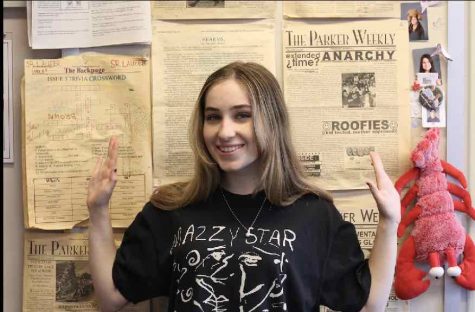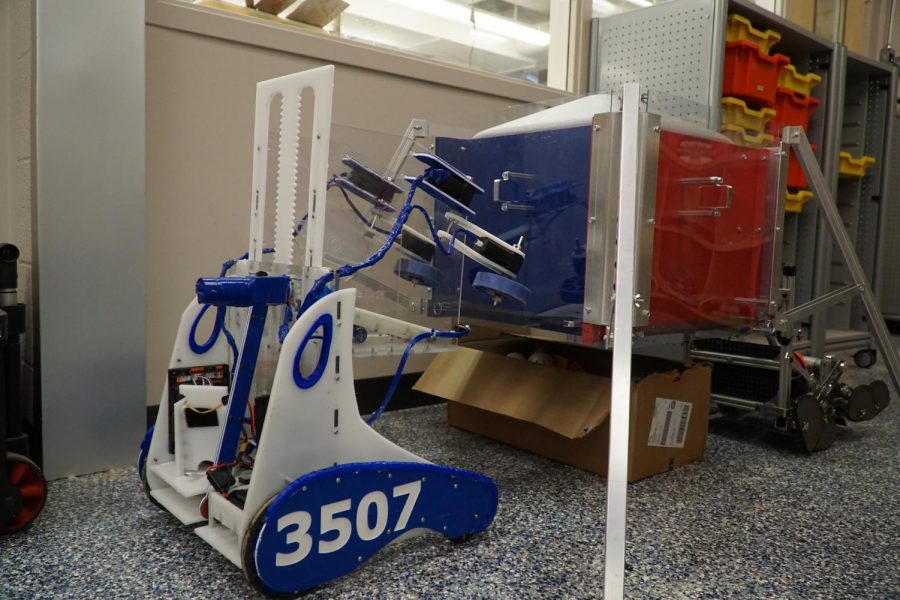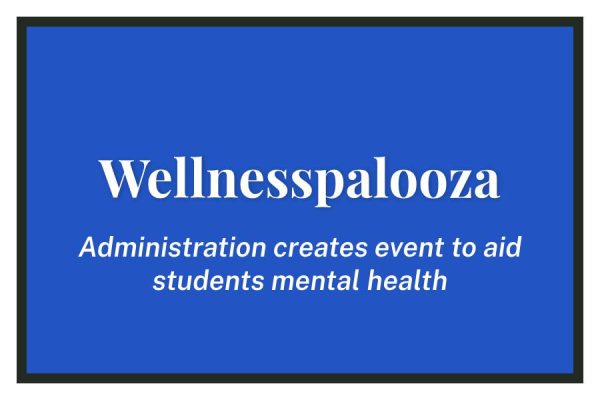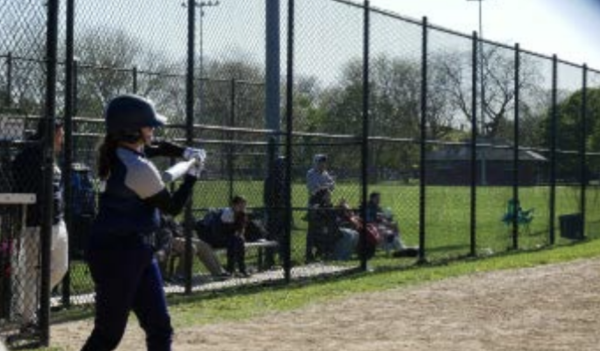“Our Work Is Never Over”
Robotics Team Finally Gets Designated Workspace
Photo credit: Isaac Warshaw
The robot used last year in the finale competition.
Parker’s computer programming and robotics curriculum finally have their own homes after years of floating through the science wing.
Two new spaces have been designated for Upper School Computer Science Teacher Aaron Lee––Room 377 for computer science classes and Room 113 for the FIRST Robotics Competition team.
While the space on the third floor is a traditional classroom, the downstairs room was renovated over the summer to fit the needs of the team with the addition of new tools, project boxes, and work spaces. The space was formerly used for welding, but fell out of use and became a storage space for shop teachers. Lee said, “Dr. Frank came to me at the end of last year and offered this as a space for our robotics shop which we’ve been wanting for quite some time.”
Having a dedicated space for robotics gives the team more work time and space for organization. “We can save 15 minutes at the beginning and the end of every meeting because we don’t have to unpack everything that we were doing before,” Lee said. “We’re able to kind of stop where we are, put the stuff aside, and immediately start work the next time.”
Sophomore Benji Gourdji, one of two Robotheosis captains, has participated in Parker robotics for five years. “We’ve never had a dedicated space for robotics ever before,” Gourdji said. “We know where everything is, it’s really nice because we have a lot of dedicated storage, and we have a lot of dedicated spaces for us whereas before we’d have to clean up and put everything in a certain spot.”
For Lee and the team, having an exclusive space also opens up more opportunities for specialized equipment to have a permanent home and for the use of woodshop tools. The club uses the adjacent woodshop for extra space and for its arsenal of saws and tools.
Lee said, “The big thing for us is that now we have an actual shop space we can fabricate all of our parts out of here.” The new tools kept in the space include a 3D printer, a laser cutter, and a CNC mill, which is similar to a laser cutter, but uses a drill bit instead of a laser. “It’s basically just a large thing that you can pretty much cut anything with,” freshman Finn Hall, robotics team member, said regarding the CNC Mill. “It’s just really great for making big ol’ side plates and bases.”
These are used to fabricate, prototype, and execute most parts of the robot and sometimes to perform heavier metal work such as welding.
According to Gourdji, they are currently using the CNC Mill to build a mecanum drive train. “Can go in any direction with wheels,” Gourdji sai regarding the robot. “They’re kind of like omni wheels but the wheels on the outside are slanted so it can go diagonal.” Lee said, that there’s “nothing special” about the new upstairs space. “It is a classroom. Other than that it’s set-up for doing programming, that’s really it,” Lee said. “It was the old middle school Spanish classroom, so it’s just another classroom to teach in.”
The room has three groups of two tables that face the screen where Lee demonstrates the programming concepts as students follow along on their laptops. Previous to Lee’s occupation, sixth grade Spanish classes used Room 377. These students are now housed in what used to be the 7th grade spanish room. 7th grade spanish moved to the old home of eighth grade Mathematics Teacher Kam Woodard’s Algebra I class, which is now taught in the old Room 315––the former home of the Midi Lab.
Computer programming and robotics classes were formerly held in a different space. The room was “basically a half-sized classroom,” according to Lee. A converted office space last served as a temporary base for Lee’s programming classes, which previously floated around available science department classrooms for four years. Previous spaces were cramped and temporary, and Room 377 was introduced over the summer so Lee could have a room dedicated to his curriculum.
The robotics team also used science classrooms as a makeshift homebase. Room 181, which is primarily a physics classroom, had a practice arena set up in the back for the team to use.“We were doing work in the classroom that really wasn’t well suited,” said Lee. “We want to make sure that we have the correct facilities and that we’re always safe, and that’s a little more difficult to do when you’re operating out of the back of a classroom.”
Gourdji noted similar safety issues. Beyond issues of space and having room to complete projects, some of the tools needed to cut parts couldn’t be used as effectively. “Whenever we would be sawing something we’d have to clamp it to the science tables and those have wheels on them which are not as stable as they could be,” Gourdji said. “And so they shook around which was a little unsafe. We had our saws in the closet. In the back, we had this band saw which we don’t use anymore, but that was not a productive way to put that or a productive place to put that.”
The new upstairs space was created over the summer to reinforce the school’s commitment to its computer science courses. After four years, the programming class is now being phased in as a requirement for current freshmen and sophomores, and it finally has a dedicated space to match. Staring with the class of 2021, students must take at least one semester of the course (or 0.5 credits) which is, according to the Registrar’s course guide, “designed to teach students how to use computational modes of thinking to frame and solve problems.”
Lee also teaches classes such as Programming II, Physical Computing, and Web Design. He instructs the Robotics class as well, which meets in the Room 377. “We have robotics as a class that meets during the G periods and then goes into our after school meetings,” Lee said. “We learn how to do the programming for the robots, how to do the computer-aided design, so we learn how to fabricate the parts that we make down here.”
Second semester, Upper School Science Teacher Elizabeth Druger teachers a similar class for Remotely Operated Underwater Vehicles (ROV), where robots are built to compete in the MATE (Marine Advanced Technology Education) underwater robotics competition. Regarding students, the course description said, “will explore a wide variety of marine topics,” and practice skills to design, build, and program a ROV. The course description also said, “to operate in a harsh marine environment and perform real-world engineering tasks and scientific research.”
Hall is currently a member of both the robotics class and the team. Students of the Robotics class are expected to attend at least one meeting of the club a week, but members of the club do not need to be enrolled in the class. The Registrar’s Course Description guide said the class covers “engineering process, robotics programming, Computer Aided Design (CAD), 3D printing, electrical circuits, and mechanics.” The guide also said that it,“serves as the design and fabrication team for the Upper School robotics teams.”
According to Hall, the class is currently focusing on creating CADed robotics parts — using the AutoCAD software by the Autodesk company — for the downstairs laser cutter and 3D-printer technology. The main grade for the class is based on each student’s individual CAD of a part that benefits the Robotheosis robot.
Students are given freedom to work on their individual CAD projects after a few classes of covering base knowledge. Hall said, “It’s also good for people who don’t really have that much background in the robotics sort of stuff because it’s a classroom environment instead of just jumping right into the club.”








